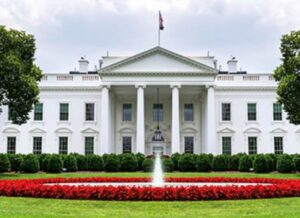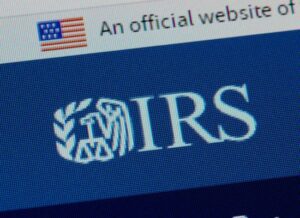
If your business experienced a full or partial suspension of operations or suffered a significant decline in gross receipts for 2020 as a result of the pandemic, then you may be eligible to claim an employee retention credit. This payroll tax credit, which was previously unavailable to businesses benefiting from the Paycheck Protection Program, was made available to PPP loan recipients when the Consolidated Appropriations Act passed Congress in late December. The CAA made the credit available to qualifying entities retroactive to 2020 and extended the program into June 2021.
Businesses (including not-for-profit organizations) eligible for the credit in 2020 includes employers of any size that have experienced fully or partially suspended operations (from an appropriate governmental authority) and also experienced a decrease of at least 50% in gross receipts for any quarter in 2020 compared to the gross receipts during the same quarter in 2019. Businesses meeting these requirements may be eligible for an employee retention credit of up to $5,000 for each employee who received $10,000 in qualified wages in 2020.
2021 Changes
The refundable credit will increase in 2021 to $7,000 per employee for $10,000 in qualified wages per quarter for a total credit of $14,000 based on $20,000 in total qualified wages through the first two quarters of 2021. Gross receipts for an eligible business in 2021 must now be less than 80% of the receipts received during the same quarter in 2019.
Additionally, the definition of qualified wages depends on how many full-time equivalents an eligible employer has and is critical in computing the ERC. If your aggregated entities exceed 100 FTEs in 2019 (500 FTEs for ERC in 2021) then your wages eligible for the credit will be subject to additional limitations.
It is important to note that eligible employers can claim the ERC on any qualified wages that are not counted as payroll costs in obtaining PPP loan forgiveness. The SBA and the IRS have not yet provided guidance or clarification on how payroll costs incurred during the PPP covered period and quarters eligible for the ERC will interact.
As a result, Councilor, Buchanan & Mitchell recommends that clients and friends of the firm that have not yet applied for forgiveness for their PPP loans consider delaying their loan forgiveness applications to evaluate their eligibility for the employee retention credit. The relationship between the programs remains vague in some crucial areas, and future guidance from the IRS and the SBA may help determine how businesses can maximize benefits from both programs. It is still conceivable (though not certain) that some businesses will have sufficient payroll to qualify for both programs.
CBM recommends, as a first step, that clients evaluate their eligibility for the employee retention credit under CAA guidelines. You are always welcome to contact us should you need assistance navigating this issue. CBM’s tax professionals recognize this is a relatively new development and we look forward to monitoring new guidance from the SBA to help you seek the maximum benefit possible under the new legislation.
For more information about the employee retention credit, contact John Comunale via our online contact form.
Councilor, Buchanan & Mitchell (CBM) is a professional services firm delivering tax, accounting and business advisory expertise throughout the Mid-Atlantic region from offices in Bethesda, MD and Washington, DC.



